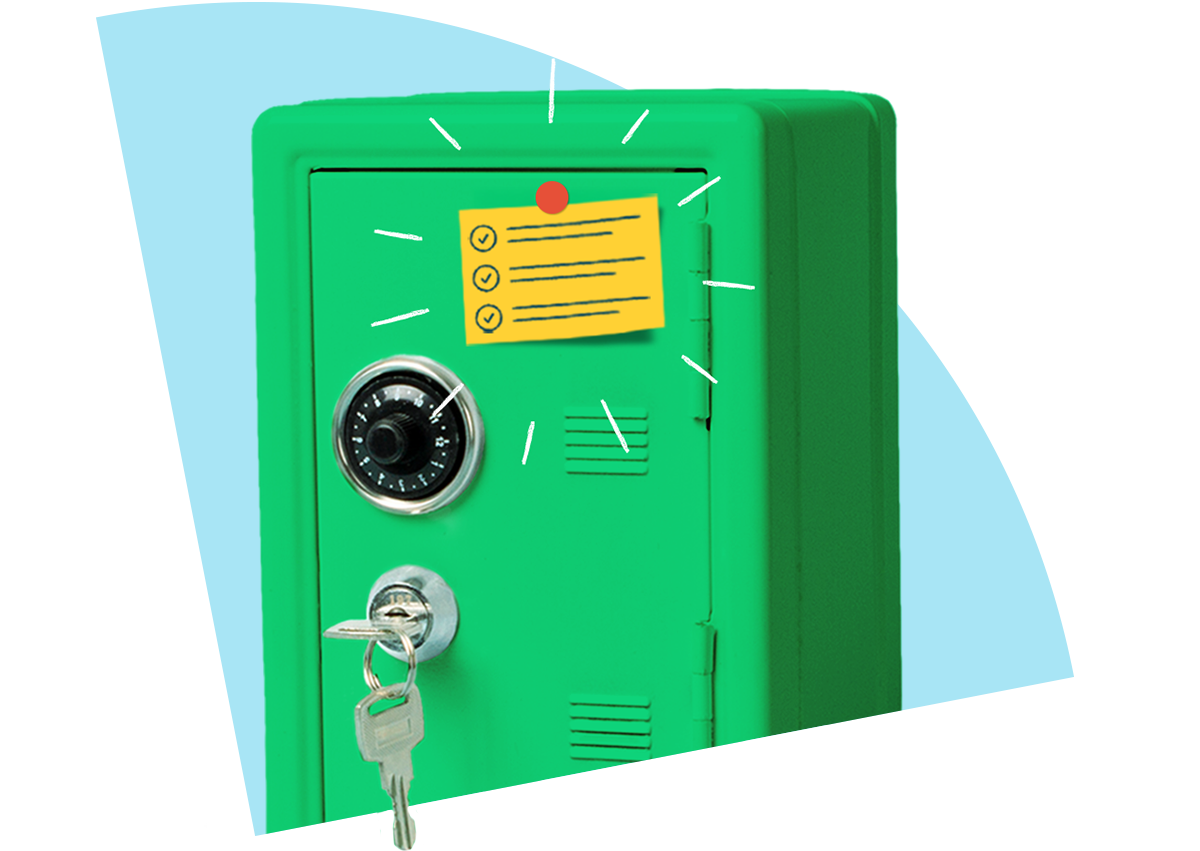The benefits of incident response plans in cybersecurity

Cybersecurity incidents and cyber threats aren’t a matter of if – they’re a matter of when. Globally, cyberattacks increased by 30% in the second quarter of 2024, reaching 1636 attacks per organization per week.
When a cyberattack inevitably happens in your organization, do you know how to respond to minimize the fallout?
Whether you're dealing with a data breach, malware attack or service outage, responding to cyberattacks without a proper plan in place is difficult. Effective response planning is crucial: a well-thought-out incident response plan can make all the difference between a minor hiccup and a major disaster.
This blog will explore what incident response plans entail, what the benefits and key components of incident response plans are and how ITSM software can support effective incident response.
What is an incident response plan?
An incident response plan is a structured approach for handling potential security incidents, like security breaches, cyberattacks or any other major security incident.
Essentially, it’s your blueprint for dealing with the mess when something goes wrong. Instead of scrambling to figure things out after the fact, an incident response plan outlines a clear set of actions, roles and responsibilities that allow you to manage the situation in the best way possible.
But incident response plans aren't just about staying afloat when something goes wrong: they're also part of regulatory compliance. New cybersecurity directives like NIS 2 place extra emphasis on having incident response plans in place.
Benefits of having an incident response plan in place
Why invest time and effort into building a solid incident response plan? These are the main benefits of effective incident response:
Minimizing the impact and damage of incidents: the quicker you act, the less damage a security incident can cause.
Improving your response time: having a predefined process in place means you’re not wasting time figuring out who does what in the heat of the moment, which can save you time, money and a lot of headaches.
Better communication: with clear protocols in place, everyone – from your IT team to external stakeholders who might be affected by an incident – knows exactly what’s happening.
Key components of incident response plans
There is no one-size-fits-all example when it comes to incident response plans – they need to be tailored to your organization and its specific business needs. Still, every incident response plan should include some type of protocol for these four key components:
1. Preparation
The best way to deal with an incident is to be ready for it. This involves creating clear policies, procedures and incident response protocols. Part of preparing for incidents includes training your team so they understand their roles and responsibilities when an incident happens and can act accordingly.
2. Detection and analysis
The faster you identify a potential incident, the quicker you can respond. Identifying potential incidents involves monitoring systems for unusual activity or spotting incidents as they happen. Once you detect a threat, the next step is assessing its scope and severity and determining how it should be handled.
3. Containment, eradication, and recovery
Once you know what kind of incident you’re dealing with, the next step is containing the threat to prevent further damage. Once the incident is contained, the next priority is to identify the root cause of the incident and eliminate that, after which you should focus on restoring affected systems and making sure business operations return to normal as quickly as possible.
4. Post-incident review
Once the dust has settled, conducting a post-incident analysis can help you understand what happened, how you handled it and what can be improved a next time. Your lessons learned will help you strengthen your defenses and refine your incident response plan, hopefully reducing the risk of similar incidents happening.
A well-structured incident response plan is a key component of a strong cybersecurity strategy. Learn more about the connection between ITSM and cybersecurity in our blog on ITSM and Cybersecurity.
Support your incident response plan with an ITSM tool
IT service management (ITSM) tools help you manage your IT services and incidents – a perfect match with incident response plans.
These key ITSM software features can support your incident response plan:
Incident management helps you track, manage and resolve incidents in a structured way. With a centralized platform for logging incidents, you can ensure nothing slips through the cracks and keep your most important stakeholders in the loop.
With TOPdesk's ITSM software, for example, you can give your end-users access to a panic button. In case of major incidents, end-users can click this button and automatically alert the incident response team via Microsoft Teams, email and/or text – depending on your preferences.
IT change management: When responding to an incident, you might need to make changes to your systems. IT change management helps you implement those changes and document them in a well-defined change management process, minimizing the risk of introducing new vulnerabilities.
IT asset management: When you keep track of your most important assets through IT asset management, it's easier to classify incidents that involve these assets as having high priority. Effective IT asset management can also support problem management by helping you identify the assets that are frequently causing incidents.
Problem management: Once the immediate threat of an incident is neutralized, problem management helps you dive into the root cause of the threat so you can make sure it doesn’t happen again – an important aspect of any incident response plan. With dashboarding and reporting features that modern ITSM tools like TOPdesk offer, you’ll understand exactly what went wrong and how you can prevent it.
Knowledge management: Knowledge management and in particular a knowledge base lets you store the solution to incidents that have happened before, helping you – and others – handle similar situations way faster the next time around. Your incident response plan can link to known solutions in knowledge items to improve your response time.
Learn more about how ITSM can strengthen cybersecurity in our e-book.
ITSM and cybersecurity: better together
Incident response plans aren't the only area where ITSM and cybersecurity overlap. With the right ITSM tool in place, not only your incident response plan becomes more effective, but your security defenses and IT operations do too.
With TOPdesk’s ITSM software, protecting your IT services from threats has never been easier. Keep track of vulnerable assets, respond quickly to incidents, and manage security tasks in one overview. Discover how TOPdesk's ITSM software can strengthen your defenses.
Inspire others, share this blog



